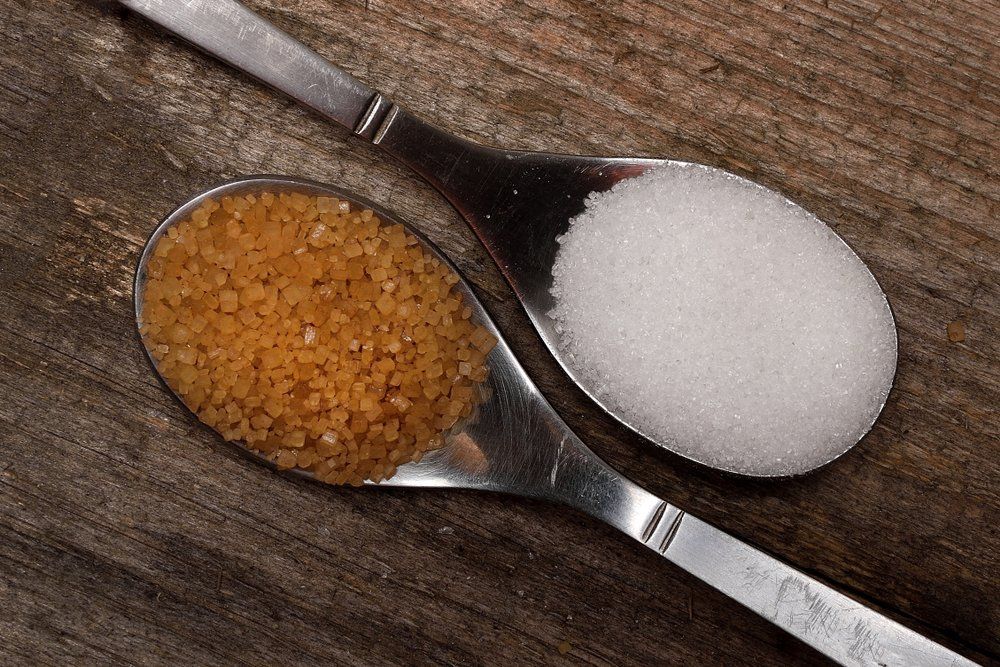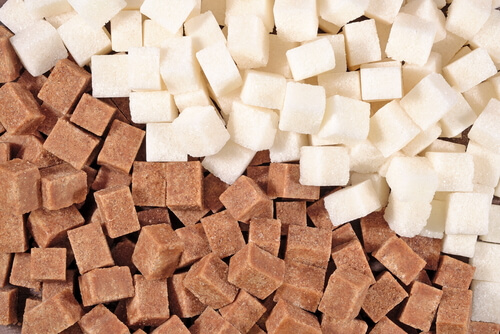When looking at beet sugar vs cane sugar, some argue that one browns better than the other.
When looking at beet sugar vs cane sugar, some argue that one browns better than the other.
Blog Article
Discover the Uses and Conveniences of Beet Sugar Vs Cane Sugar in Your Daily Diet Regimen
Exploring the distinct high qualities of beet and cane sugar reveals even more than simply their sweetening capabilities; it highlights their special influence on wellness and cooking arts. Beet sugar, recognized for its subtle taste, is typically preferred in delicate desserts, whereas cane sugar, with its tip of molasses, adds richness to durable dishes. Each type holds its very own dietary profile and glycemic ramifications, welcoming a deeper understanding of their roles in a well balanced diet plan and sustainable usage techniques.
Origin and Production Procedures of Beet and Cane Sugar

The distinctive climates and soil kinds needed for expanding sugar beets and sugarcane add to differences in their farming techniques and geographical distribution, influencing the business economics and sustainability of their manufacturing. beet sugar vs cane sugar.
Nutritional Comparison Between Beet Sugar and Cane Sugar
Regardless of stemming from various plants, beet sugar and cane sugar are nutritionally really similar, both largely including sucrose. Each supplies concerning 4 calories per gram, translating to roughly 16 calories per teaspoon. Structurally, both sugars are made up of around 99.95% sucrose, with marginal amounts of other compounds like wetness and trace minerals, which do not significantly alter their nutritional profiles.

Ultimately, when choosing between beet sugar and cane sugar based on nutritional material alone, both offer similar advantages and disadvantages as they are basically kinds of the very same particle-- sucrose, giving fast power without various other nutrients.
Effect On Health And Wellness: Glycemic Index and Caloric Content
Exploring even more into the results of beet sugar and cane sugar on wellness, it is necessary to consider their glycemic index and calorie content. Both sugars are classified as sucrose, which is composed of glucose and fructose. This composition leads them to have a comparable effect on blood you could look here sugar level levels. The glycemic index (GI) of both beet and cane sugar is around 65, categorizing them as high-GI foods, which can cause fast spikes in blood sugar levels. This is a critical aspect for people handling diabetes or those attempting to support their energy degrees throughout the day.
Each kind of sugar contains around 4 calories per gram, making their caloric content matching. For those monitoring calorie intake, specifically when handling weight or metabolic wellness problems, understanding this equivalence is crucial (beet sugar vs cane sugar). However, extreme intake of any type of high-calorie, high-GI food can add to health problems such as obesity, heart condition, and insulin resistance.
Environmental and Economic Considerations of Sugar Manufacturing
Beyond wellness impacts, the production of beet and cane sugar also elevates significant ecological and financial issues. Sugar beet farming tends to call for cooler climates and has a lower geographical impact contrasted to sugar cane, which grows in exotic areas.
Furthermore, using chemicals and plant foods in both beet and cane sugar farming can cause dirt deterioration and contamination, additional affecting biodiversity and local water bodies (beet sugar vs cane sugar). The choice between cultivating sugar beet or cane commonly rests on regional environmental problems and financial variables, making the sustainability of sugar manufacturing a complicated problem
Culinary Applications and Flavor Differences
While the ecological and financial elements of sugar production Web Site are undoubtedly considerable, the read this article choice between beet and cane sugar also influences culinary applications and flavor profiles. Beet sugar, stemmed from the sugar beet plant, is understood for its incredibly neutral taste. This makes it a functional active ingredient in cooking, where it does not alter the taste of other parts. It liquifies rapidly and is perfect for usage in cakes, cookies, and breads.
Walking stick sugar, removed from sugarcane, frequently preserves molasses traces, which present an unique richness and deepness. The mild variation in moisture web content between beet and cane sugar can impact the appearance and consistency of dishes, making cane sugar a favored option for specific dishes that benefit from its distinct residential or commercial properties.

Verdict
To conclude, both beet and cane sugar have distinct origins and production processes, providing comparable dietary accounts with small differences in sodium web content and taste. While their influence on wellness, specifically regarding glycemic index and calories, is comparable, the option between them typically comes down to ecological, economic variables, and details cooking needs. Understanding these facets can lead customers in making notified decisions that straighten with their health and wellness goals and taste preferences.
Report this page